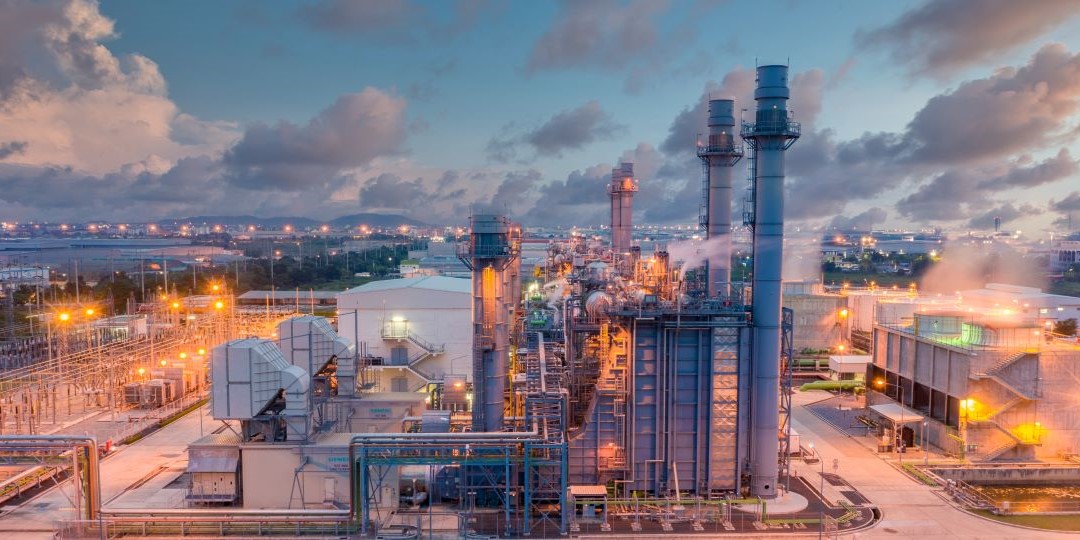by Fred Buckingham, P.E. – Principal Consultant, Engineering Services, NAES Corporation
Modern combustion turbine (CT) generators are required to meet several competing operational objectives: stringent emissions standards, high efficiency requirements, increasing operational flexibility and high reliability. Combustion systems have evolved from simple diffusion flame combustors – which use steam or water injection to reduce emissions – to multi-stage, dry low NOx (DLN) combustors. Figure 1 charts this evolution1. (Note that steam injection is omitted for clarity.)

Figures 2 and 3 illustrate current state-of-the-art DLN combustor technology produced by Siemens and GE2,3,4. Sequencing of the various stages for the Siemens ultra-low NOx (ULN) and GE DLN 2.6+ combustors are shown in Figures 4 and 5.
Figure 2. – Siemens Ultra-Low NOx (ULN) Combustor
Figure 3. – GE DLN 2.6+ Combustor


Combustion phenomena such as flashback, blowoff and combustion instability can interrupt combustion turbine operation and damage turbine components. Flashback occurs when the local flame speed is faster than the local velocity of the fuel-air mixture, causing the flame front to propagate upstream in the combustion process. Blowoff refers to the extinction of a combustion process. Combustion instability, which is observed as vibration, occurs when pressure fluctuations interact with fluctuations in heat release in a combustion system. Figures 6 and 7 show damage caused by flashback5 and combustion instability6 in DLN combustors.
Figure 6. – Examples of Flashback Damage
Figure 7. – Examples of Combustion Instability Damage
DLN use ‘lean pre-mix’ combustion to operate within safe limits and, at the same time, produce extremely low NOx emissions. DLN combustors control a complex interaction of multiple combustor stages, changing ambient conditions, stability limits, emissions and dynamics. Sequencing of various combustor stages as a CT goes from startup to full load keeps velocities and combustion temperatures within tight ranges. Combustion tuning adjusts the sequencing of combustor stages, fuel flow and air flow (within limits) to safely optimize performance (figure 8).

Combustion tuning normally occurs during a CT’s initial commissioning or following major maintenance activities or component upgrade. Usually performed by the OEM or a qualified and experienced third-party service provider, it addresses the full range of CT process parameters:
- Fuel pressure and flow
- Air mass flow
- Compressor inlet guide vane position
- Compressor bypass valve position
- Compressor outlet pressure
- Turbine exhaust pressure
- Turbine exhaust temperature and temperature spread
- Turbine exhaust outlet O2, CO and NOx
- Combustion vibration
CT control system functions are characterized to keep combustion within an acceptable operating window.
CT OEMs and third-party combustion system manufacturers have developed online combustion dynamics monitoring systems (CDMS), which can be integrated into turbine control systems to continuously monitor operating process variables. CDMS can now adjust combustion tuning to compensate for changes in ambient conditions, operating variables and component degradation. Examples of CDMS include:
- ECOMAX™ (Ethos Energy)
- AutoTune (PSM)
- OpFlex™ (GE)
- SPPA-D3000 (Siemens)
Combustion tuning is critical for successful operation of modern combustion turbine generators equipped with state-of-the-art DLN combustion systems. Tuning performed by qualified combustion systems engineers and technicians can be augmented by integrating CDMS into combustion turbine controls.
References
- Boyce, Merherwan P., Gas Turbine Engineering Handbook, 4th Edition, Butterworth-Heinemann, Waltham, MA, 2012
- Johnson, C., Pepperman, B., Koenig, M., Abou-Jaoude, K., Gulati, A., Moradian, J., “Ultra Low NOx Combustion Technology”, Power-Gen International 2008, Siemens Power Generation, Inc., Orlando, FL, 2008
- Davis, L. B., Glack, S. H., “Dry Low NOx Combustion Systems for GE Heavy-Duty Gas Turbines”, GER-3568G, GE Power Systems, Schenectady, NY, 2000
- Goldmeer, J., “60 Million Hours of Learning: Increasing Gas Turbine Operability and Flexibility Through DLN Experience,” Power-Gen Asia 2014, General Electric Company, Schenectady, NY, 2014
- Meher-Homj, C.B., Zachry, J., Bromley, A.F., “Gas Turbine Fuels-System Design, Combustion and Operability,” Proceedings of the Thirty-Ninth Turbomachinery Symposium, October 4-7, 2010, Turbomachinery Laboratory, Texas A&M University, College Station, TX, 2010
- Karwowsji, P., “Monitoring – and Mitigating – Combustion Dynamics,” Combined Cycle Journal, August 2006
- Automated Combustion Tuning on the Cusp of Mainstream”, Combined Cycle Journal Online, May 2011
